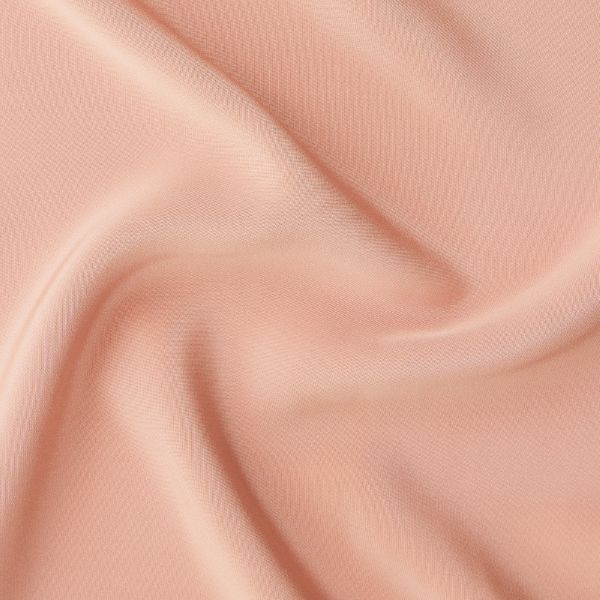
- Iron before cutting. Use a warm dry iron on the reverse side of the fabric. Use a cool iron for chiffon. Do not spray water as it can leave a watermark
- Use very fine dressmaking pins; large pins can leave holes in the fabric
- Silk thread is appropriate for hand sewing (basting/embroidery); polyester thread is generally preferred for machine sewing
- Use a fine sewing machine needle (No 11; continental No 70)
- When sewing fine, lightweight silk such as chiffon, tack the silk onto tissue paper and sew through the two layers to stabilise the fabric
- Use lightweight sew in interlinings when required
- For linings, select a fine silk habotai
- Always check the pressure of the stitch and presser foot before starting to sew
- If tacking, use a fine needle
- Use a cool iron to press silk pieces as they are stitched and when finished
The recommended care instruction for all silk fabric qualities is DRY CLEAN ONLY. Machine washing is not recommended. Some dyed silk fabrics may be able to be hand washed, at owner’s risk.
As silk absorbs a great amount of dye, which can be released when a fabric is washed, it is recommended that fabrics are safer if dry cleaned.
To test for colour fastness, wet a small corner of the item in cool water and place on a piece of white fabric; press with a warm iron. If the silk does not leave any colour, then it could be hand washed in cool water with a gentle washing product. Silk fabrics should not be spin/tumble dried but laid flat on a clean dry towel or line dried out of direct sunlight. Fabrics should not be steamed but pressed on reverse side with cool iron only.
All silks are susceptible to colour changes, some more than others, when exposed to ultraviolet (UV) light or strong direct sunlight.
If pressing, use a cool iron and press on reverse side only.




